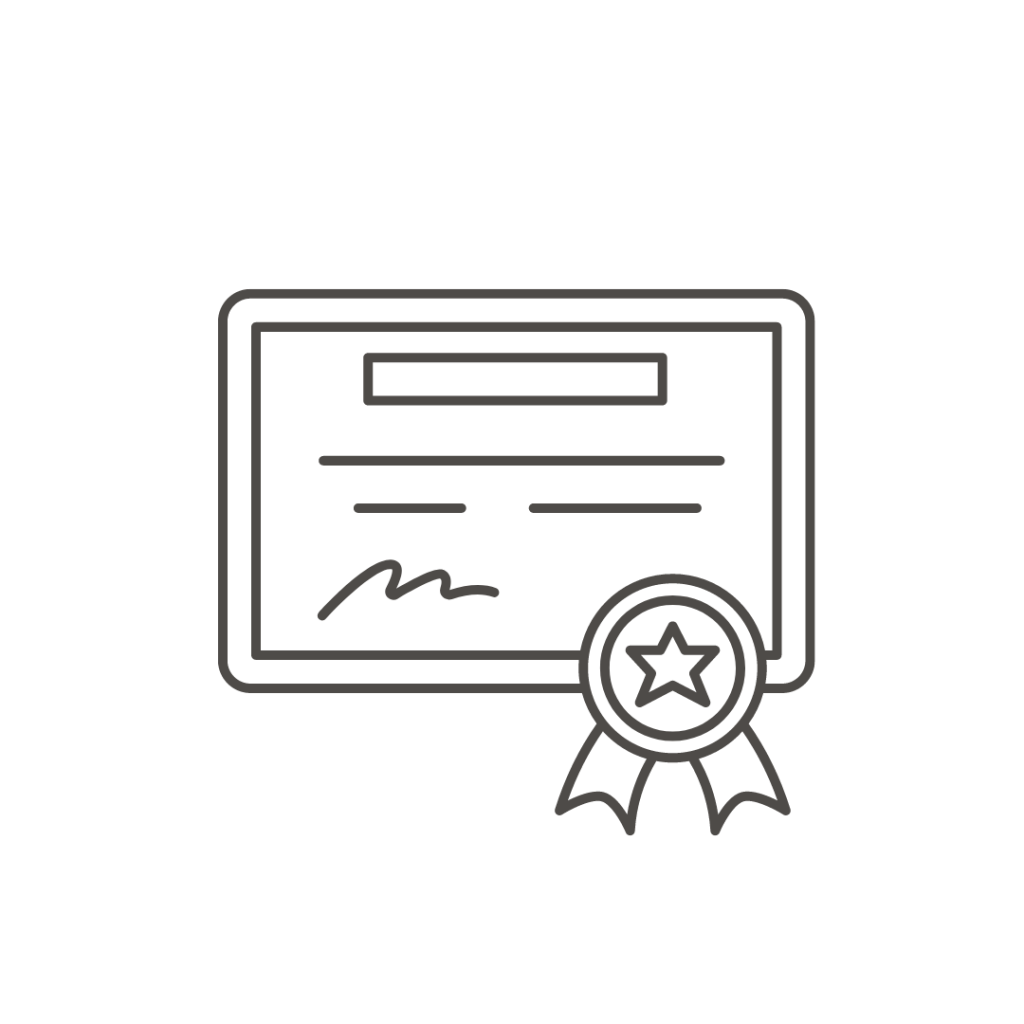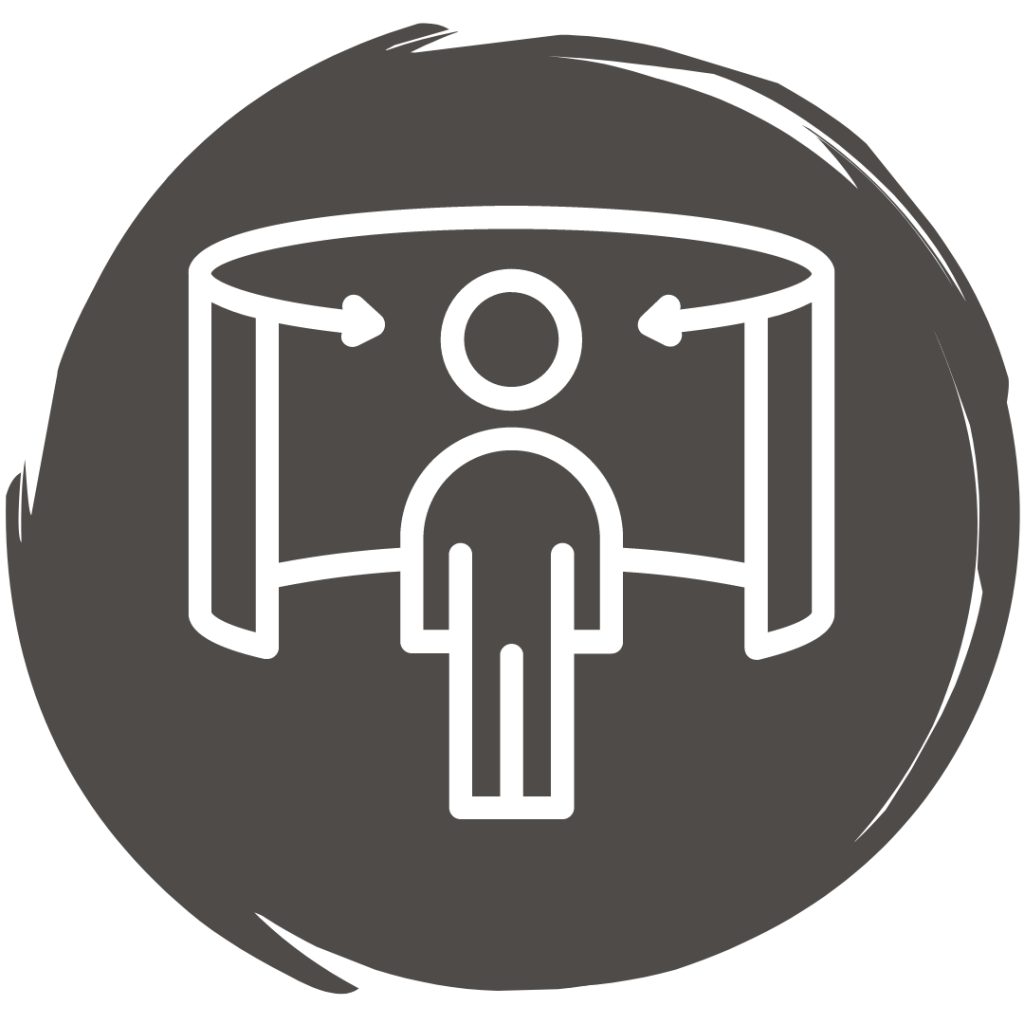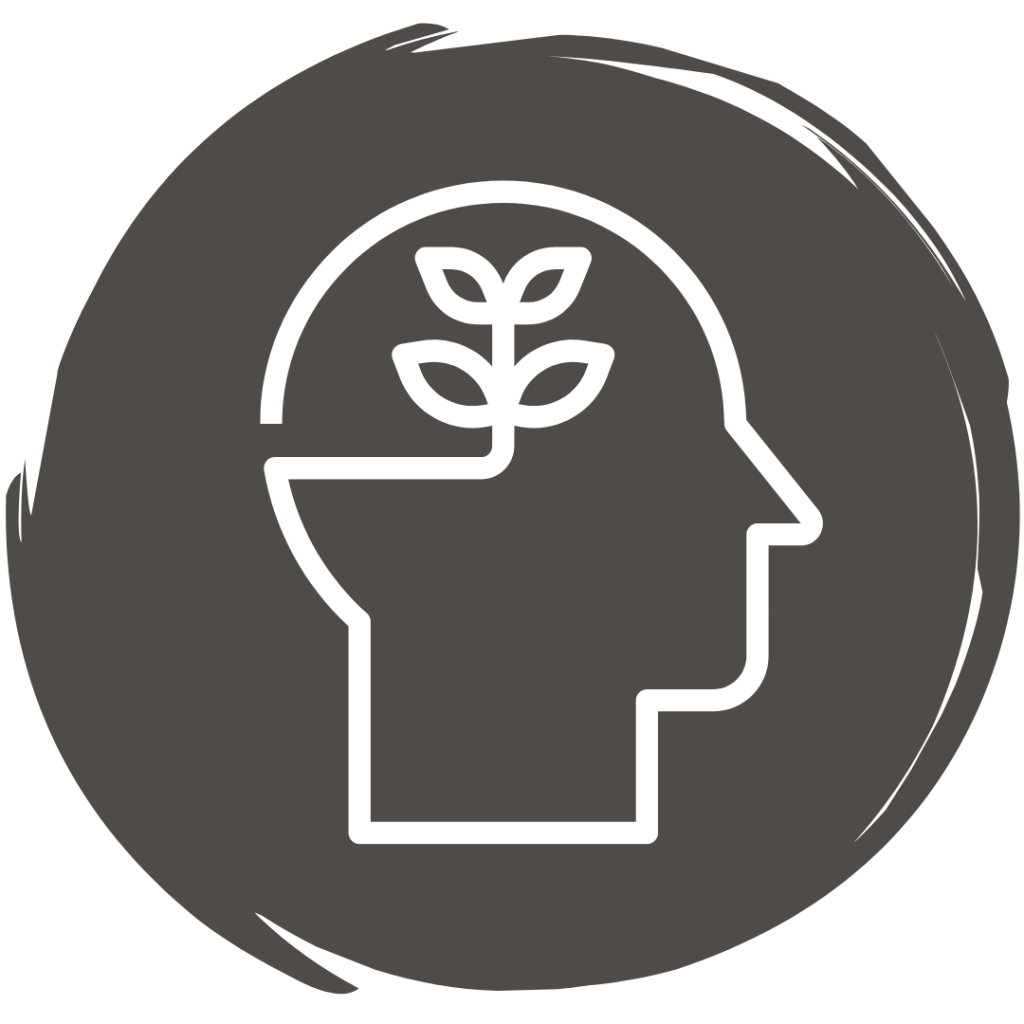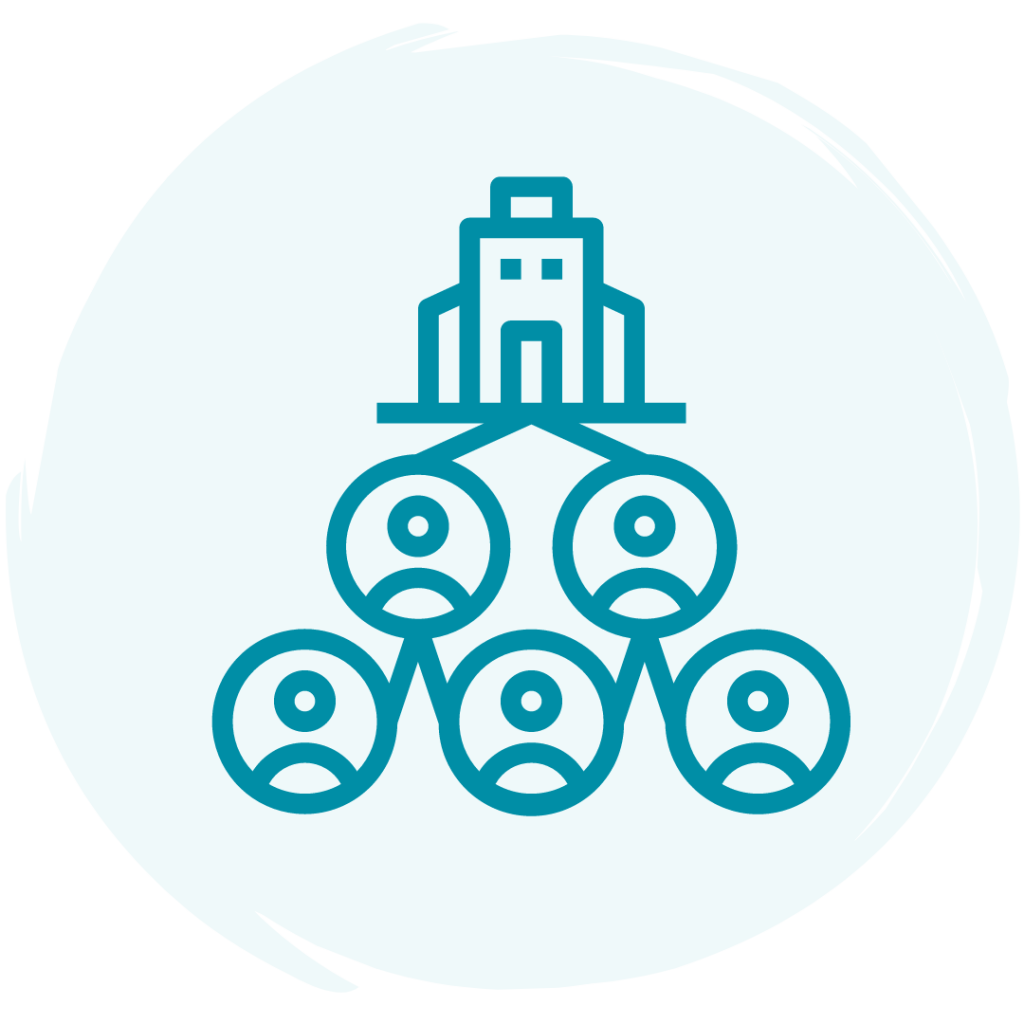ICP-BAF
Att förstå konceptet affärsflexibilitet är essentiellt för att effektivt navigera i dagens komplexa och ständigt föränderliga näringslivsklimat. Organisationer som behärskar konsten att anpassa sig, förnya sig och snabbt svara på förändringar, har större chanser att nå tillväxt och långsiktig hållbarhet.
Vår kurs, “Business Agility Foundations”ger dig insikt i de nödvändiga verktygen och strategierna för att främja organisatorisk framgång, hur man kan navigera genom osäkerhet och optimera samarbete.
Kankse ett första steg för din personliga och professionella utveckling?
Du kommer att lära dig:
Vår kurs är en dynamisk 2-dagars workshop eller fem engagerande 3-timmars online-sessioner, som leder till en professionell certifiering i Business Agility Foundations med Agile People och ICAgile.
Business Agility hjälper dig att ligga steget före och hålla dig uppdaterad. Det blir allt viktigare att kunna navigera i ett ständigt föränderligt affärslandskapet oberoende av roll. Få nya kunskaper, färdigheter och ett starkt nätverk samtidigt som du tar nästa steg i din utveckling.
I våra interaktiva gruppsessioner består lärandet av att dela erfarenheter, reflektioner, och åsikter, och den teoretiska delen får du via vårt Learning Management System (LMS).
Grip möjligheten att hålla dig uppdaterad. Anmäl dig idag och få ny kunskap, praktiska verktyg och för att förstå vad som krävs i morgondagens arbetsliv.
Vem passar kursen för?

Ledare på alla nivåer som ser värdet av att skapa en flexibel, snabbrörlig organisation som snabbt kan anpassa sig till snabba förändringar i affärslandskapet.

Konsulter som vill fördjupa sin agila förståelse för att bättre kunna stödja sina kunder i agila omställingsprocesser.

Agila coacher som vill lära sig mer om den mänskliga aspekten av agile arbetssätt för att bättre kunna bygga effektiva team och samarbete i organisationer.

HR-medarbetare på alla nivåer vill förbättra Business Agility, erbjuda en överlägsen medarbetarupplevelse och använda agila metoder för att möta behoven i sin organisation.

Nyfikna personer som konstant önskar lära sig nya tankesätt och som tror på organisationer som sätter människan i centrum.
Vad gör våra kurser & utbildningsprogram unika

Våra utbildningar lägger stor vikt vid interaktivt lärande. Genom engagerande gruppdiskussioner lär vi oss av varandra, där varje kursdeltagare bidrar med sina erfarenheter, reflektioner och synpunkter i en gemensam dialog.

Kursen leder till en Professional Certification med Agile People och ICAgile. Alla våra utbildningar är ackrediterasde av ICAgile, ett ledande globalt ackrediterings- och certifieringsorgan, något som säkerställer en kvalitativ inlärningsupplevelse och resultat

Som deltagare i våra kurser och workshops får du tillgång till vårt Learning Management System (LMS). Där kan du fördjupa dig i teori och tillägna dig nya kunnskaper i din egna takt.

Utbildningen ger dig nya färdigheter och praktiska verktyg, samtidigt som du skapar värdefulla kontakter. Vi arrangerar regelsbundet olika webinarer för att ytterligare berika din lärandeupplevelse.
Mer information om kursen

Workshoparna online och på plats omfattar tio huvudämnen och beskrivs mer detaljerat i vår kursbeskrivning.

Utbildningen täcker tre olika perspektiv, individ, team och organisationsnivå.

ICAgile ackrediterar våra kurser och program, och alla våra kurser har ett detaljerat beskrivning av lärandemålen.
Andra kurser

Bryggvägen 21
117 71 Stockholm
Sverige
Organisationsnummer: 559002-6836
Momsregistreringsnummer: SE559002683601

Copyright © 2023 Agile People AB.
Alla rättigheter förbehållna.
Sekretesspolicy | Användarvillkor |
Sverige
This course is divided into five engaging sessions.
Business Agility Foundations
Session B1: The Need for Business Agility
In today’s Volatility, Uncertainty, Complexity, and Ambiguity (VUCA) environment, business agility is increasingly critical for success. The new competitive edge is the new values and principles and self-organizing teams with the right mix of diverse people working close to the customers’ experience and empowered to make decisions.
Session B2: Emergent Strategy and Value Creation
Aligning teams around a vital purpose and focusing on generating a vision is essential to providing inspiration and creating high performance. It’s imperative to empathize with customers to maximize customer value and make it visible to focus on value creation.
Session B3: Frameworks Tools and Techniques
Agile is about adapting to change. You adapt to the customers’ changing needs and work according to priorities to deliver the customer’s most significant value early. Using a Lean StartUp approach, you can test your hypothesis with a Minimum Viable Product. Using Scrum, Kanban, and Value Stream Mapping in the whole company differs from using them for Software development. What are examples, and how can you design your processes using agile working methods?
Session B4: New Ways of Thinking and Behaving
Recognizing and understanding complex adaptive system dynamics accelerates the path toward Business Agility. It is not only our organization’s dynamics that we should understand and manage with “Polarity Management” and “Cynefin Decision Making Model”; but also our thinking & behaving patterns by the concept of the “Ladder of Inference.”
Session B5: Business Agility as the New Normal
In today’s fast-moving and complex environments, we need to be more responsive and adaptable to navigate the complexity. To do that, we need to:
Due to our VUCA world, we will explore what is needed in the business to embrace agility, deepen understanding about the structure/culture misfit, and why transformation can fail.
Talent Acqusition
The Training Cover Three Perspectives:



Setting The Scene For Business Agility
Awareness: The Need For Business Agility
Compelling Vision, Focus, And Clarity Of Purpose
Enabling Business Agility
New Ways Of Thinking
New And Differentiating Behaviors
Implementing And Sustaining Business Agility
Frameworks, Tools, And Techniques
Business Agility As The New Normal
Kursen är uppdelad i fem engagerande sessioner.
Grundläggande om agil affärsverksamhet
Session B1: Behovet av flexibilitet i verksamheten
I dagens VUCA-miljö (Volatility, Uncertainty, Complexity, and Ambiguity) blir det allt viktigare att kunna anpassa verksamheten för att nå framgång. Den nya konkurrensfördelen är de nya värderingarna och principerna och självorganiserande team med rätt blandning av olika människor som arbetar nära kunderna och har befogenhet att fatta beslut.
Session B2: Framväxande strategier och värdeskapande
Att samla team kring ett viktigt syfte och fokusera på att skapa en vision är avgörande för att ge inspiration och skapa höga prestationer. Det är absolut nödvändigt att känna empati med kunderna för att maximera kundvärdet och göra det synligt att fokusera på värdeskapande.
Session B3: Verktyg och tekniker för ramverk
Agilitet handlar om att anpassa sig till förändringar. Du anpassar dig till kundernas föränderliga behov och arbetar enligt prioriteringar för att leverera kundens viktigaste värde tidigt. Med hjälp av en Lean StartUp-metod kan du testa din hypotes med en minsta möjliga produkt. Att använda Scrum, Kanban och Value Stream Mapping i hela företaget skiljer sig från att använda dem för programvaruutveckling. Vad finns det för exempel, och hur kan du utforma dina processer med hjälp av agila arbetsmetoder?
Session B4: Nya sätt att tänka och agera
Att känna igen och förstå komplexa adaptiva systemdynamiker påskyndar vägen mot Business Agility. Det är inte bara vår organisations dynamik som vi bör förstå och hantera med “Polarity Management” och “Cynefin Decision Making Model”, utan även våra tanke- och beteendemönster med hjälp av konceptet “Ladder of Inference”.
Session B5: Affärsmässighet som det nya normala
I dagens snabbrörliga och komplexa miljöer måste vi vara mer lyhörda och anpassningsbara för att kunna navigera i komplexiteten. För att göra det behöver vi:
På grund av vår VUCA-värld kommer vi att utforska vad som behövs i verksamheten för att anamma agilitet, fördjupa förståelsen för struktur/kultur och varför transformation kan misslyckas.
Anställa talanger
Utbildningen omfattar tre perspektiv:




Kul att du vill lära dig mer!
Hallå där! Jag heter Ingela och arbetar i kärnteamet på Agile People. Jag skulle gärna ta kontakt med dig och utforska möjliga lösningar.
Du kan skriva ett mejl till mig eller boka ett möte för att diskutera vidare!